Footprints
Wayne Shorter (saxo tenor), Miles Davis (trompeta), Herbie Hancock (piano), Ron Carter (contrabajo) y Tony Williams (batería). Extraído del álbum Miles Smiles (1967) de Miles Davis.
En 1947, cuando Charlie Parker se recuperó de su adicción y reapareció en Nueva York, volvió a formar un grupo con Miles Davis a la trompeta, Duke Jordan al piano, Tommy Potter al contrabajo y Max Roach a la batería. Ese mismo año, Davis realizó sus primeras grabaciones como líder «Half Nelson», «Milestones» y «Sippin’ at Bells» con Parker al saxo alto, el pianista John Lewis, el contrabajista Nelson Boyd y el batería Max Roach. Después de hacer una gira por Chicago y Detroit con el quinteto de Parker, se trasladó de nuevo a Nueva York e hizo una gira con el Jazz at the Philarmonic, una serie de conciertos, giras y grabaciones de jazz organizadas por el fundador de Verve Records Norman Granz. En 1948 rechazó un ofrecimiento del compositor y pianista Duke Ellington para formar parte de su orquesta.
In 1947, when Charlie Parker recovered from his addiction and reappeared in New York, he formed again a group with Miles Davis on trumpet, Duke Jordan on piano, Tommy Potter on double bass and Max Roach on drums. That same year, Davis made his first recordings as leader “Half Nelson”, “Milestones” and “Sippin’ at Bells” with Parker on alto sax, pianist John Lewis, double bassist Nelson Boyd and drummer Max Roach. After touring Chicago and Detroit with Parker’s quintet, he moved back to New York and toured with Jazz at the Philharmonic, a series of jazz concerts, tours and recordings organized by Verve Records founder Norman Granz. In 1948 he turned down an offer from composer and pianist Duke Ellington to join his orchestra.
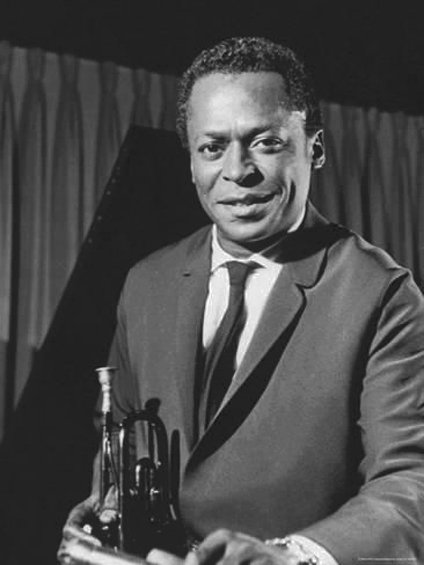
Además, apostando por la innovación, Davis organizó un noneto con trompa en lugar de saxofón tenor, y tuba, instrumentos inusuales en el jazz, y con arreglos del compositor Gil Evans, el saxofonista barítono Gerry Mulligan y el pianista John Lewis. El apartamento de Evans se convirtió en el lugar de encuentro de jóvenes músicos y compositores descontentos con las técnicas instrumentales cada vez más virtuosas que dominaban el bebop. El conjunto estaba inspirado en la big band de Claude Thornhill, que fue la incubación del estilo cool y tocaba sin vibrato y con tonos relajados, pero querían utilizar menos instrumentos para tener más flexibilidad. Tocaron durante dos semanas en el club Royal Roost de Nueva York, siendo retransmitidos por la radio, y luego grabaron dos sesiones para Capitol Records en 1949 y otra en 1950. Produjeron doce temas publicados por separado en singles que provocaron algo de controversia, pero llamaron poco la atención, y en 1957 Capitol los reunió en el álbum Bird of the Cool. La banda se disolvió, pero los componentes propagaron su sonido por separado dando lugar al estilo cool jazz.
In addition, betting on innovation, Davis organized a nonet with French horn instead of tenor saxophone, and tuba, unusual instruments in jazz, and with arrangements by composer Gil Evans, baritone saxophonist Gerry Mulligan and pianist John Lewis. Evans’ apartment became the meeting place for young musicians and composers dissatisfied with the increasingly virtuosic instrumental techniques that dominated bebop. The ensemble was inspired by Claude Thornhill’s big band, which was the incubation of the cool style and played without vibrato and with relaxed tones, but they wanted to use fewer instruments to have more flexibility. They played for two weeks at the Royal Roost club in New York, being broadcast on the radio, and then recorded two sessions for Capitol Records in 1949 and another one in 1950. They produced twelve tracks released separately on singles that caused some controversy, but attracted little attention, and in 1957 Capitol gathered them together on the album Bird of the Cool. The band dissolved, but the members continued to propagate their sound separately, giving rise to the cool jazz style.

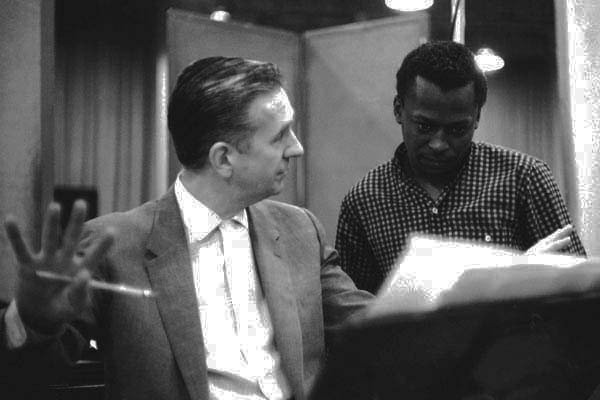
Este tema de Shorter ya había aparecido en su álbum Adam’s Apple (1967) y es un blues en tonalidad menor con multitud de variaciones rítmicas. Lo tocan Shorter y Davis al unísono y este último comienza su solo de forma bastante lineal, pero luego introduce diferentes motivos llenándolo de contrastes. Le sigue Shorter con un discurso ingenioso y expresivo con frases insólitas e innovadoras. A continuación llega Hancock tocando un sólido solo de acordes antes de que el grupo reexponga el tema. Después Carter y Williams realizan un corto pasaje solos y el grupo reexpone el tema de nuevo..
This theme by Shorter had already appeared on his album Adam’s Apple (1967) and is a blues in minor key with a multitude of rhythmic variations. Shorter and Davis play it in unison and the latter begins his solo in a quite linear way, but then introduces different motifs filling it with contrasts. He is followed by Shorter who makes an ingenious and expressive speech with unusual and innovative phrases. Next comes Hancock playing a solid chord solo before the group re-exposes the theme. After that, Carter and Williams play a short passage alone and the group re-exposes the theme again.
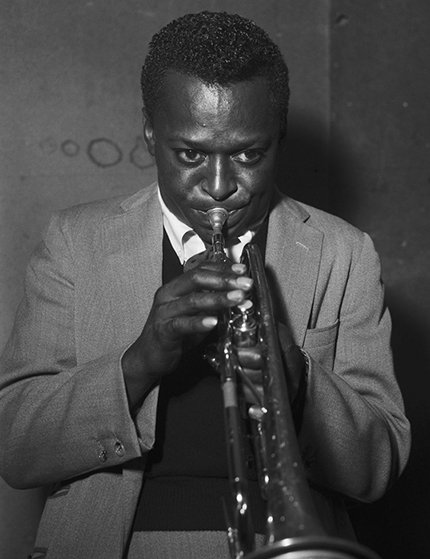
Translated with the help of DeepL

Dolores
Wayne Shorter (saxo tenor), Miles Davis (trompeta), Herbie Hancock (piano), Ron Carter (contrabajo) y Tony Williams (batería). Extraído del álbum Miles Smiles (1967) de Miles Davis.
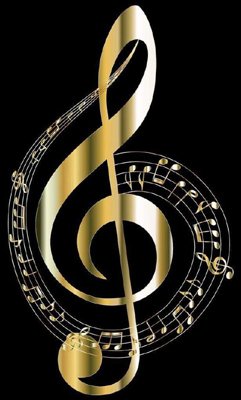
℗ Columbia Records
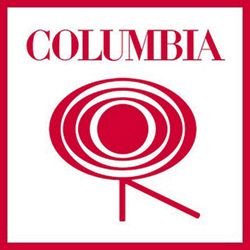

😊😮😛🥳🙏
Thank you for your witness vote!
Have a !BEER on me!
To Opt-Out of my witness beer program just comment STOP below
View or trade
BEER.Hey @w74, here is a little bit of
BEERfrom @isnochys for you. Enjoy it!We love your support by voting @detlev.witness on HIVE .
Congratulations @fjcalduch! You have completed the following achievement on the Hive blockchain And have been rewarded with New badge(s)
Your next payout target is 6000 HP.
The unit is Hive Power equivalent because post and comment rewards can be split into HP and HBD
You can view your badges on your board and compare yourself to others in the Ranking
If you no longer want to receive notifications, reply to this comment with the word
STOP